Dinner
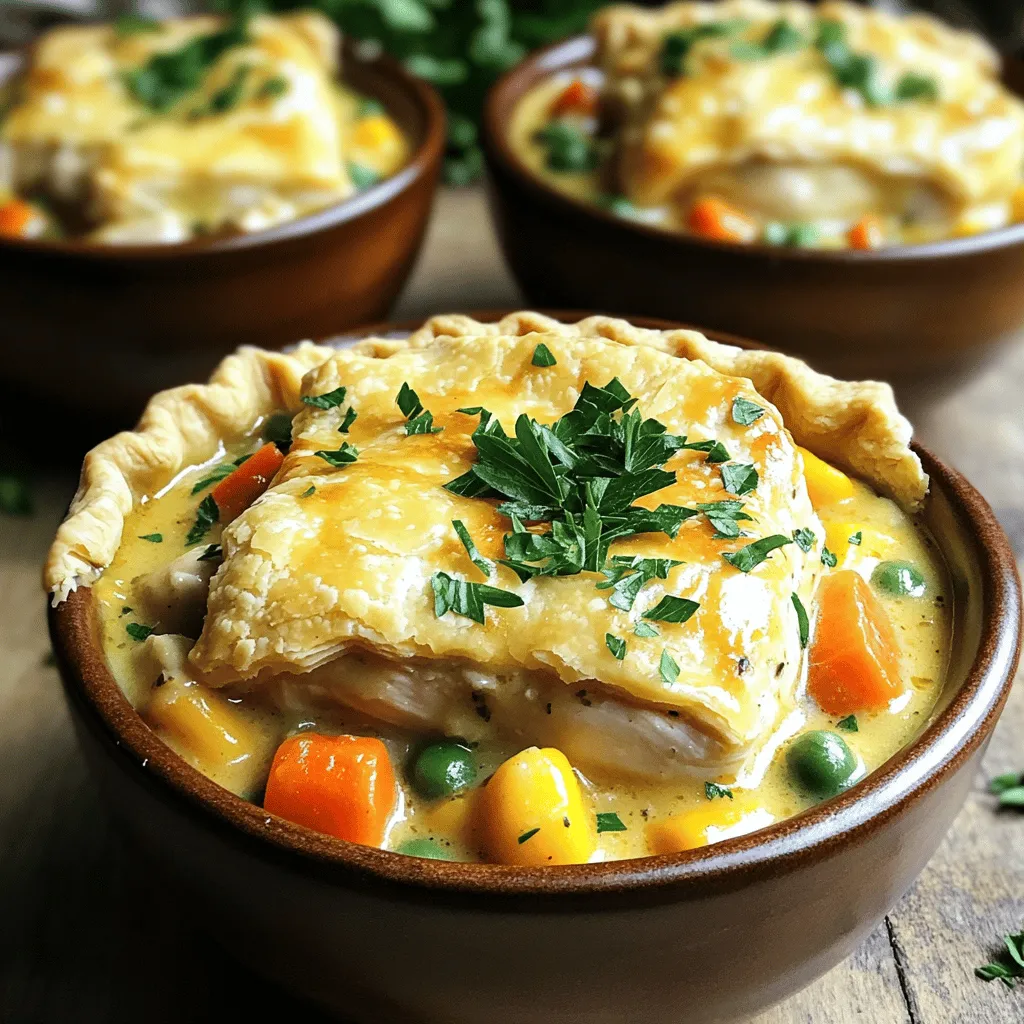
Satisfying Slow Cooker Chicken Pot Pie Recipe
Craving comfort food that’s easy and tasty? My Satisfying Slow Cooker Chicken Pot Pie recipe is just what you need! With tender chicken, fresh veggies,
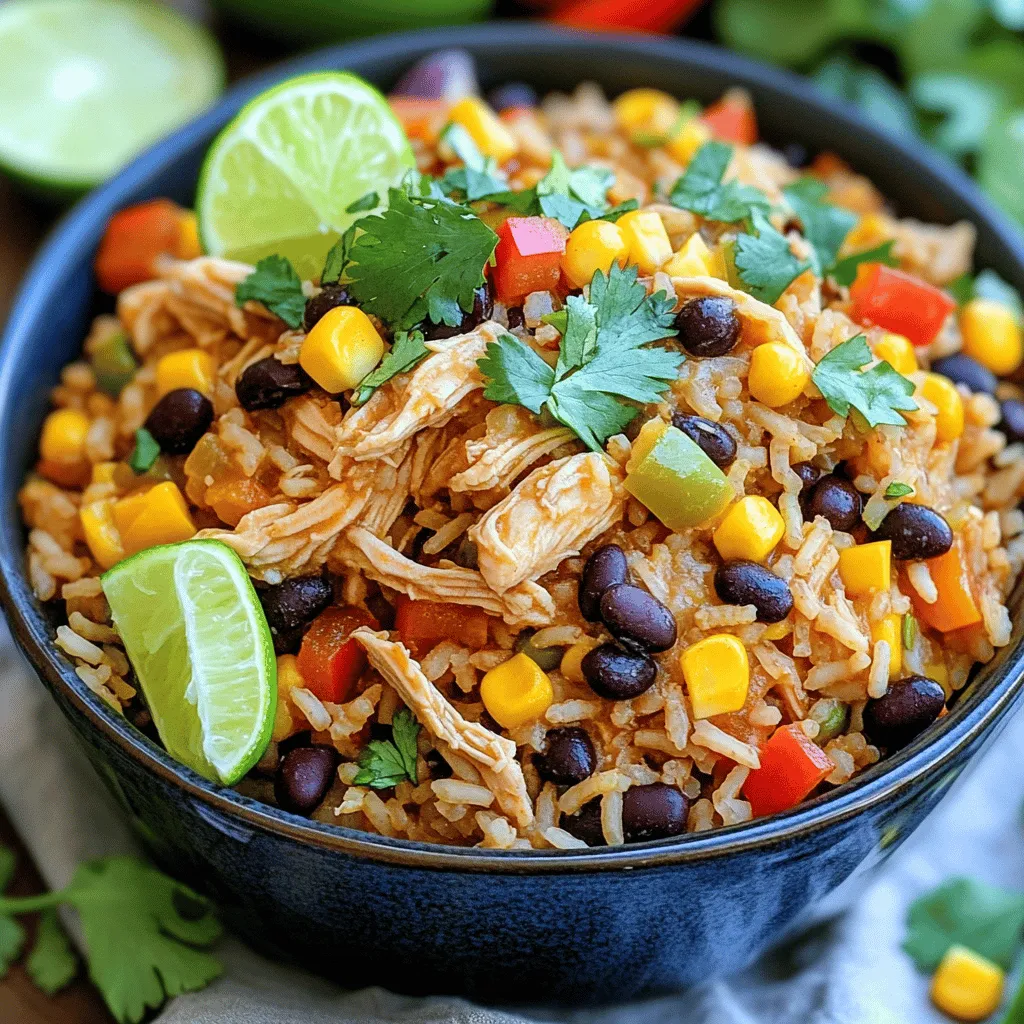
Crock Pot Southwest Chicken and Rice Flavorful Dish
Looking for a quick, tasty meal? My Crock Pot Southwest Chicken and Rice is perfect! It brings together tender chicken, hearty rice, and vibrant veggies
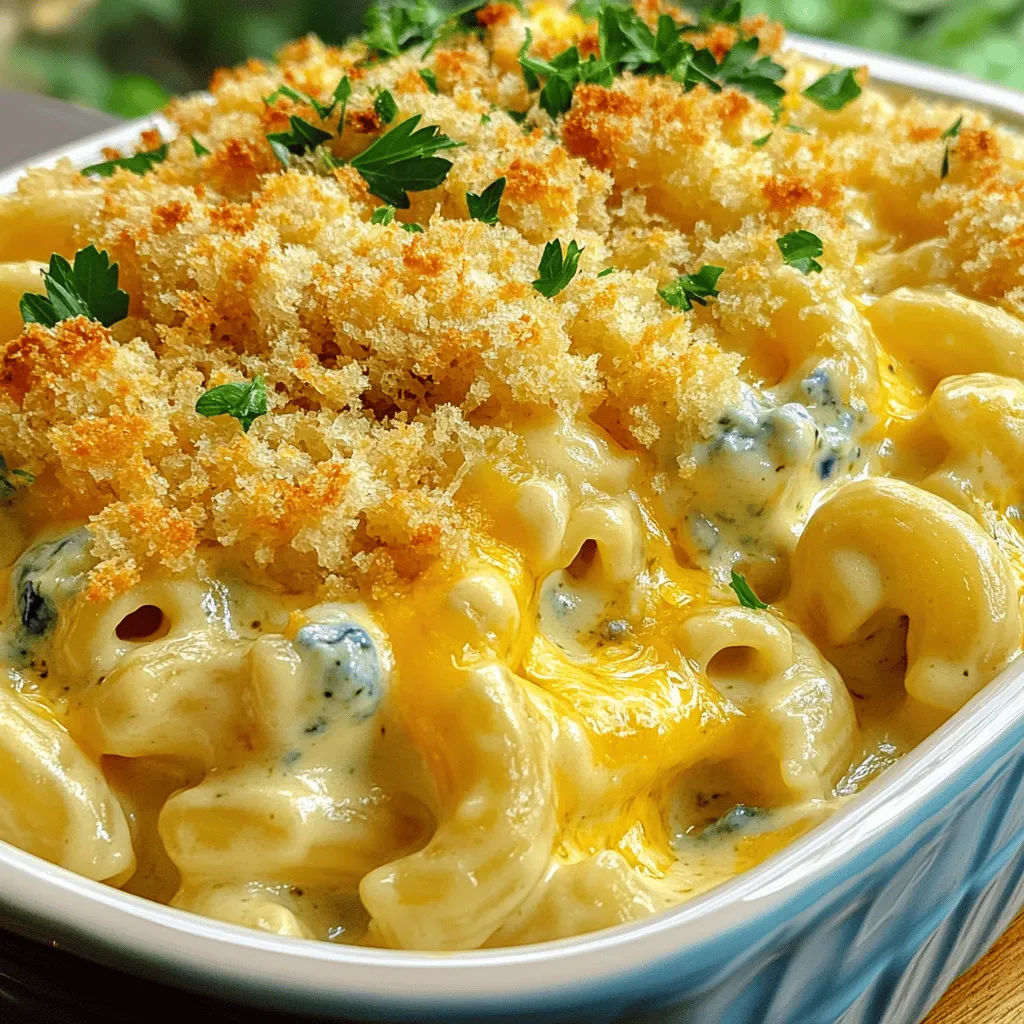
Savory Slow Cooker Four Cheese Mac and Cheese Delight
Craving a cheesy comfort food that’s easy to make? You’ve found it! My Slow Cooker Four Cheese Mac and Cheese Delight brings together creamy cheeses
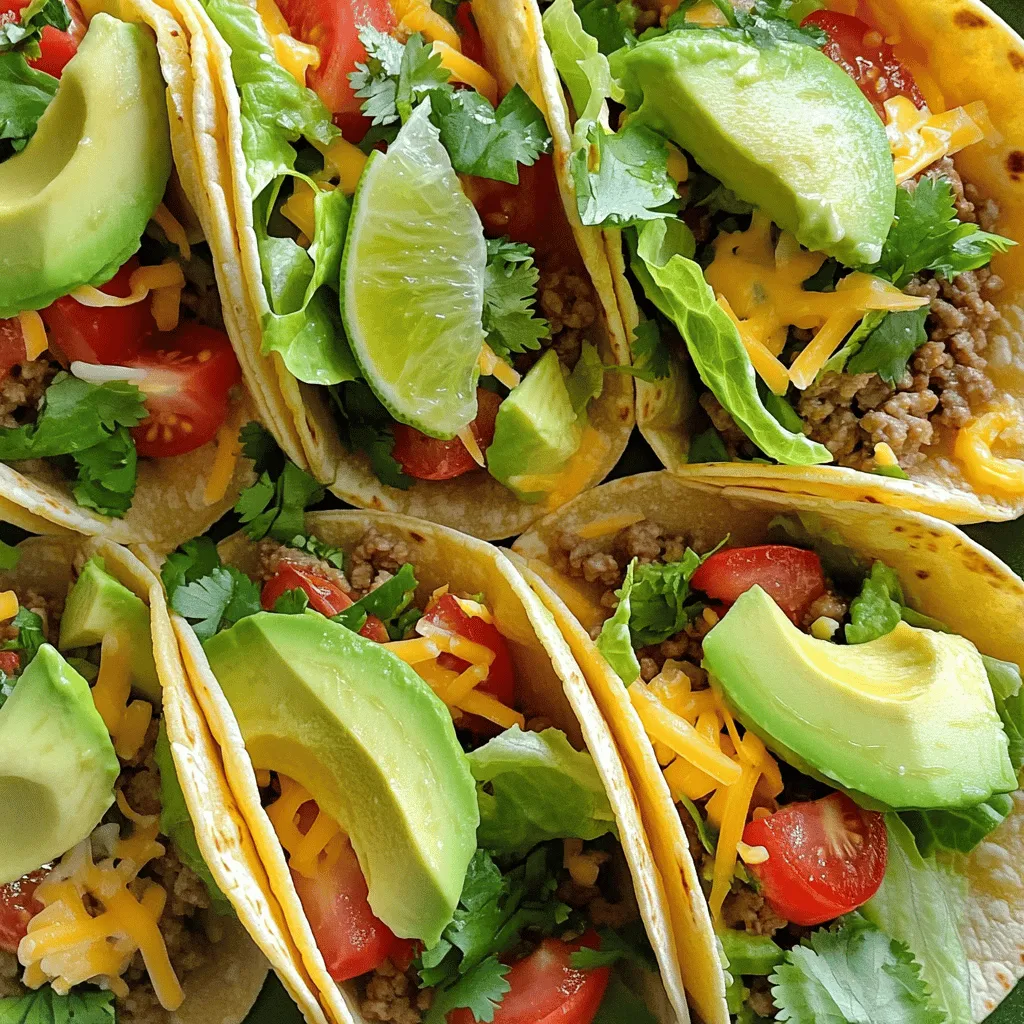
Mexican Tacos Simple and Flavorful Taco Guide
Welcome to your ultimate guide on Mexican tacos! If you want to create simple and flavorful tacos that impress, you’ve come to the right place.
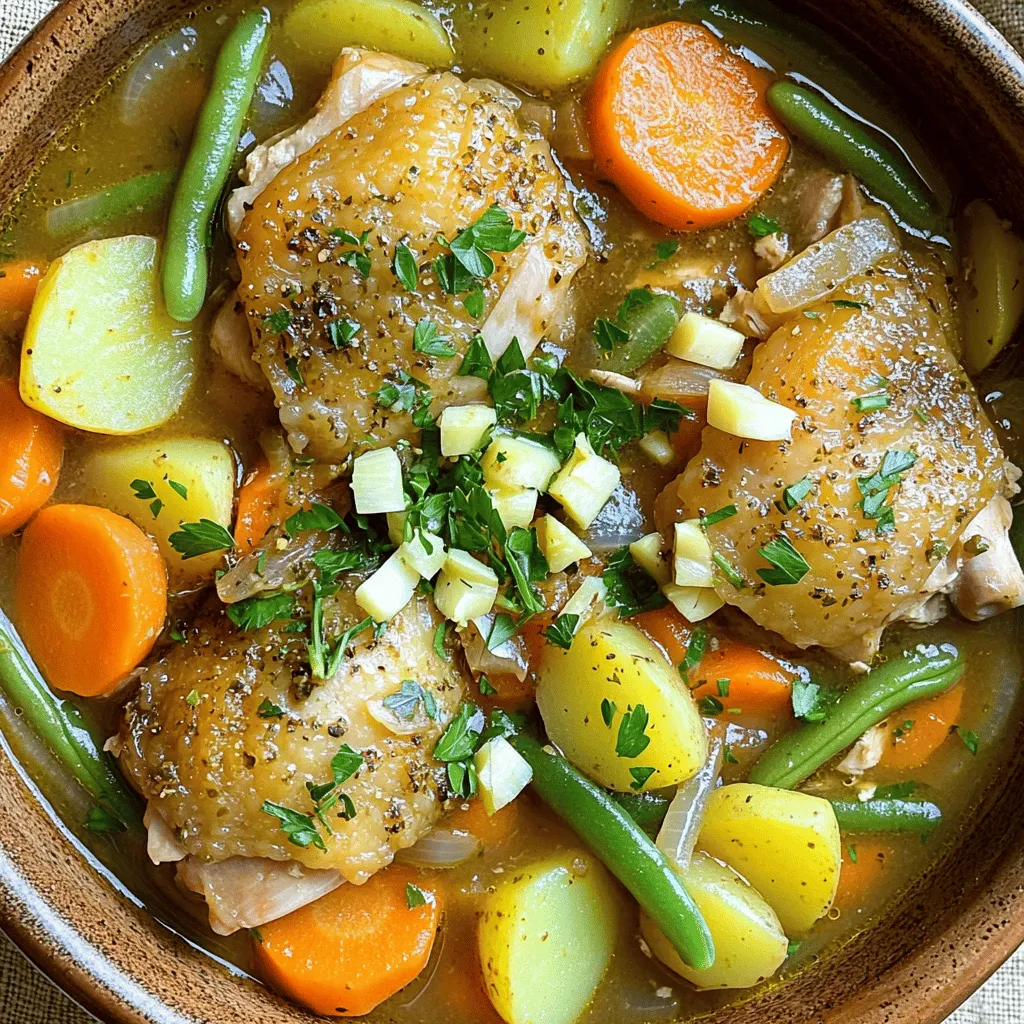
Savory Slow Cooker Chicken Stew Easy Comfort Meal
Want a warm, filling meal? Try my Savory Slow Cooker Chicken Stew! This dish is perfect for busy days. With just a few simple steps,
. Enjoy cooking this delightful meal! Start with chopping the onion, garlic, and ginger. These add depth to the dish. Use a sharp knife for clean cuts. This will help release their flavors. Next, cut the chicken into bite-sized pieces. This ensures even cooking and easy serving. Thighs work best here. They stay juicy and tender. In your slow cooker, layer the onion, garlic, and ginger mix first. This creates a fragrant base. Next, add the chicken pieces on top. Season them with a pinch of salt to enhance flavor. Now, prepare the sauce. In a separate bowl, mix the tomato sauce, coconut milk, and spices. Stir until it is well combined. Pour this mixture over the chicken and onion. Finally, add the stick of butter on top. Do not stir. The butter will melt and create a rich sauce as it cooks. You can cook on low or high settings. Cooking on low takes about 6-8 hours. This allows flavors to meld beautifully. If you’re short on time, use the high setting for 3-4 hours. In both cases, cook until the chicken is tender. It should easily shred apart with a fork. This method ensures you get a rich and creamy butter chicken that you will love. For the full recipe, check out the previous section! To make your butter chicken even better, start with the spices. Adjust the chili powder to fit your taste. If you love heat, add more. For a milder dish, use less. You can also add fresh herbs like cilantro or mint. These will brighten the flavors. Adding more ingredients can deepen the taste. Toss in some diced tomatoes or bell peppers. For a richer sauce, mix in more coconut milk. This will create a creamier texture. Feel free to play with these ideas and find your favorite mix. Sometimes the sauce can get too thick. If this happens, simply add a splash of coconut milk. Stir well and let it cook a bit longer. This will help thin it out while keeping the flavor. To avoid dry chicken, start with good-quality chicken thighs. They stay moist during cooking. Also, do not overcook them. Check the chicken at the end of the cooking time. If it feels tough, it may need less time next time. Serve your butter chicken with basmati rice or warm naan. Both soak up the sauce well. You can also add a side of steamed vegetables for balance. For drinks, a light white wine pairs well. Try a Sauvignon Blanc or a Riesling. If you prefer non-alcoholic options, serve it with mango lassi or a cool soda. These drinks will enhance your meal experience. {{image_2}} You can switch the chicken thighs for chicken breasts. Chicken breasts are leaner, but they may dry out faster. If you want a juicier meal, stick to thighs. For a vegetarian twist, try chickpeas or tofu. Both options soak up the rich sauce well. Do you like it spicy or mild? To make it milder, reduce the chili powder. You can also add more sugar to balance the heat. If you want more spice, add fresh chili or cayenne pepper. Feel free to explore other herbs like curry leaves or fresh mint for a fun twist. For a creamy sauce, stick with coconut milk. If you want a lighter option, use yogurt instead. Greek yogurt gives a nice texture. For non-dairy choices, almond or cashew milk works well too. Each option changes the flavor slightly, so choose what you prefer. For the complete recipe, check out the Full Recipe section above! After you enjoy your Slow Cooker Indian Butter Chicken, store leftovers in airtight containers. Glass or plastic containers work well. Allow the dish to cool before sealing it. This helps keep the chicken fresh. It can last in the fridge for 3 to 4 days. To reheat, use a microwave or a stovetop. If using a microwave, cover the dish to keep moisture in. Stir halfway through heating for even warmth. On the stovetop, heat over low heat and stir often. You can freeze leftovers for up to 3 months. Just make sure to use a freezer-safe container. Butter chicken is quite versatile. You can repurpose it in many ways! Try it in a quesadilla with cheese. Mix it with pasta for a creamy twist. Or, use it as a filling for wraps. You can also top a baked potato with it for a unique meal. Enjoy experimenting with these ideas! Indian Butter Chicken is a rich and creamy dish. It comes from North India. The dish features tender chicken in a spiced tomato sauce. The main flavors come from butter, cream, and spices like garam masala. The taste is both savory and slightly sweet. You can enjoy it with rice or naan. Yes, you can prepare it ahead of time. You can chop the onions, garlic, and ginger. Cut the chicken into bite-sized pieces. Mix the sauce ingredients and store them in the fridge. When you're ready, just add everything to the slow cooker. After cooking, store leftovers in the fridge for up to four days. Common sides include basmati rice and naan bread. You can also add a fresh salad for crunch. Other great options are roasted vegetables or raita. Raita is a yogurt-based side that cools the heat of the spices. Yes, this recipe is great for meal prep. You can make a big batch and store it in containers. Divide it into portions for easy meals during the week. Reheat it in the microwave or on the stove. It stays tasty for several days in the fridge. Absolutely! You can easily change the amount of chicken or sauce. If you want more servings, double the ingredients. For fewer servings, cut them in half. Just keep the same ratios for the spices and sauce. For the complete details, check the Full Recipe section. It will guide you step-by-step to make this delicious dish. Slow Cooker Indian Butter Chicken offers a blend of rich flavors and easy preparation. We discussed key ingredients like chicken, spices, and coconut milk. You learned step-by-step instructions for perfect results and tips to enhance the dish. Storage methods and variations allow for creativity. This recipe is perfect for meal prep or cozy dinners. With its versatility, you can enjoy this tasty dish again and again. Embrace the delicious flavors and make this dish your own!](https://stirredrecipes.com/wp-content/uploads/2025/08/f7eb7126-6a01-4499-aa7a-f0e4b92a5254.webp)
Slow Cooker Indian Butter Chicken Flavorful Dinner Delight
Are you ready to discover a dinner that’s full of rich flavors and warmth? My Slow Cooker Indian Butter Chicken is a game-changer. You’ll love
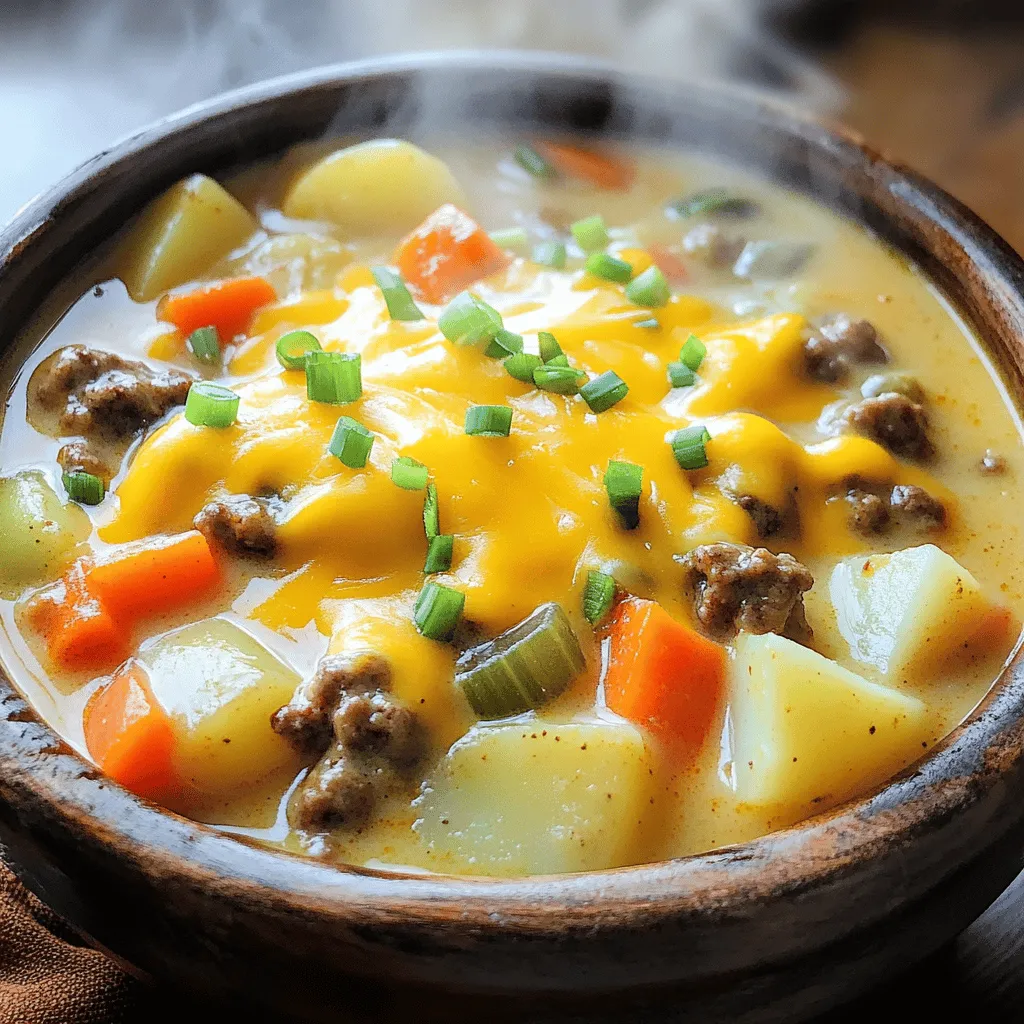
Crock Pot Cheeseburger Soup Simple and Tasty Meal
Crock Pot Cheeseburger Soup is the ultimate simple and tasty meal for busy nights. This creamy, hearty soup brings the classic cheeseburger flavors to your
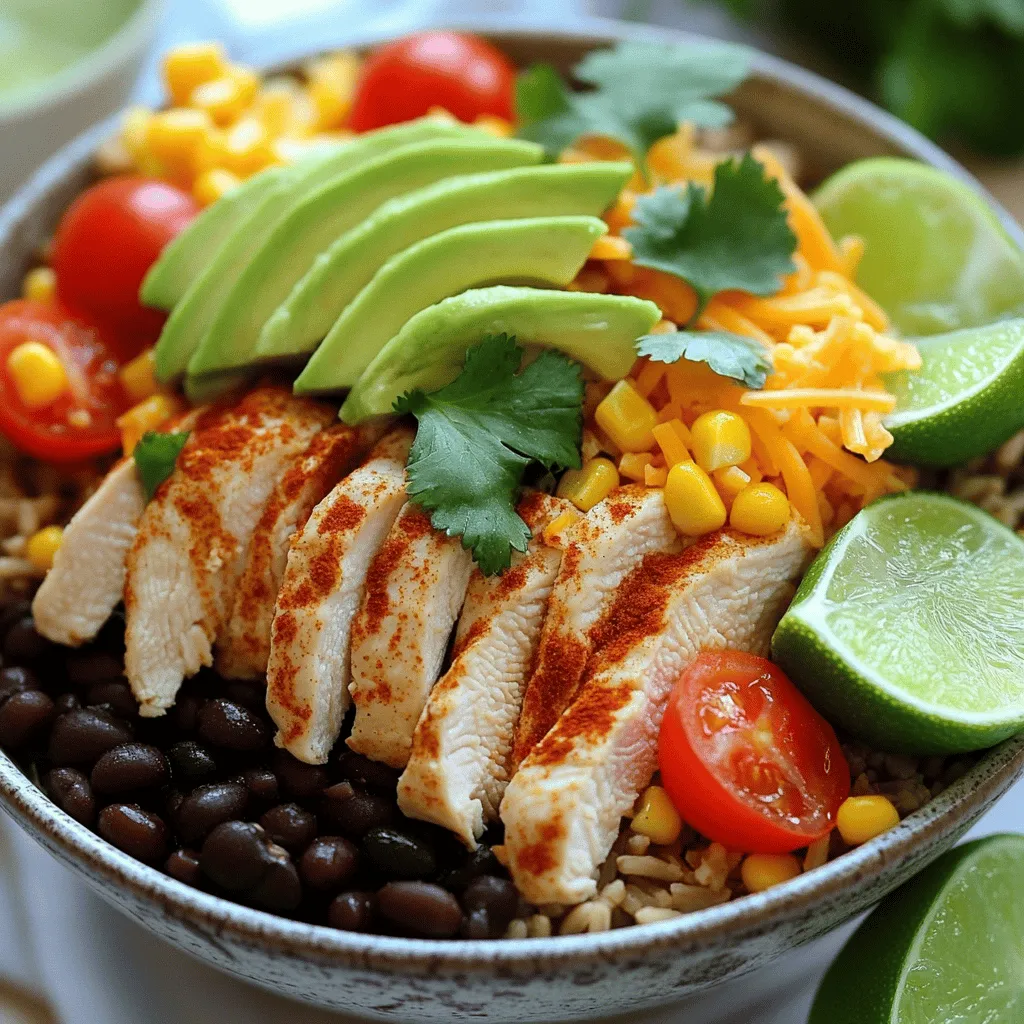
Chicken Burrito Bowl Flavorful and Fresh Meal Idea
Looking for a fresh and tasty meal idea? Try a Chicken Burrito Bowl! This dish combines juicy chicken, fluffy rice, and colorful veggies for a
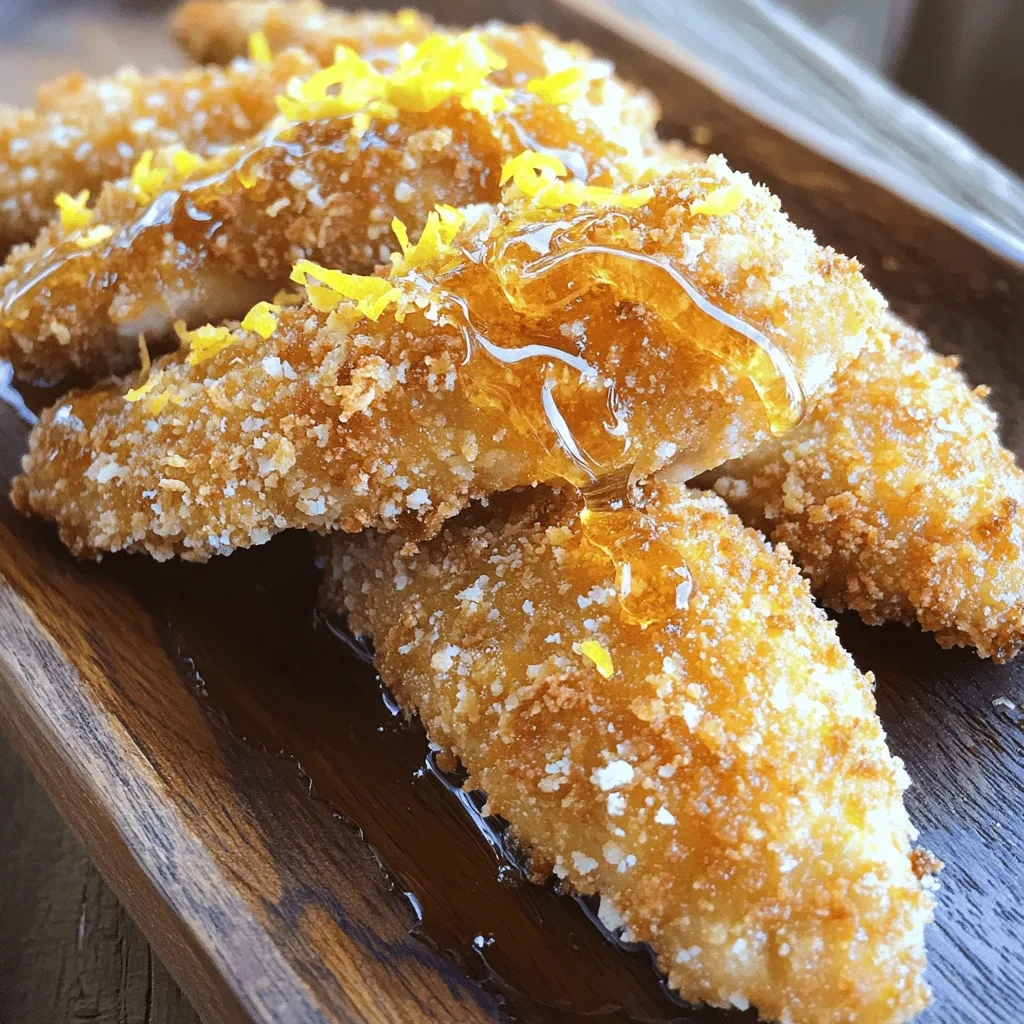
Chicken Tenders Deliciously Crispy and Easy Recipe
If you crave a crispy, golden treat, chicken tenders are a must-try! In this easy recipe, I’ll guide you step-by-step to make the perfect chicken
![To make a moist and healthy turkey meatloaf, you will need: - 1 lb ground turkey - 1 cup rolled oats - 1/2 cup finely chopped onion - 2 cloves garlic, minced - 1/2 cup grated zucchini (squeeze out excess moisture) - 1/2 cup grated carrot - 1/4 cup low-sodium chicken broth - 1 large egg - 2 tablespoons Worcestershire sauce - 1 tablespoon Dijon mustard - 1 teaspoon dried thyme - 1 teaspoon dried oregano - Salt and pepper to taste - 1/4 cup ketchup (for topping) These ingredients create a tasty and healthy meatloaf. The ground turkey keeps the dish lean, while oats add fiber for extra nutrition. The veggies, like zucchini and carrot, provide moisture and flavor. You can enhance your turkey meatloaf with these optional ingredients: - 1/2 cup bell pepper, finely chopped - 1/4 cup fresh parsley, chopped - 1 teaspoon smoked paprika - 1 tablespoon hot sauce Adding these items gives your meatloaf a personal touch. The bell pepper adds crunch. Fresh parsley brings brightness, while smoked paprika gives a nice depth of flavor. If you want to make this dish even healthier, consider these substitutes: - Replace ground turkey with lean ground chicken. - Use quinoa instead of rolled oats. - Swap ketchup for a homemade tomato sauce. These changes keep the meatloaf moist while reducing calories and sodium. Every bite can still be delicious and nutritious, letting you enjoy guilt-free comfort food. For the full recipe, check out the complete details. To start, gather all your ingredients. You will need: - 1 lb ground turkey - 1 cup rolled oats - 1/2 cup finely chopped onion - 2 cloves garlic, minced - 1/2 cup grated zucchini (squeeze out excess moisture) - 1/2 cup grated carrot - 1/4 cup low-sodium chicken broth - 1 large egg - 2 tablespoons Worcestershire sauce - 1 tablespoon Dijon mustard - 1 teaspoon dried thyme - 1 teaspoon dried oregano - Salt and pepper to taste - 1/4 cup ketchup (for topping) Preheat your oven to 350°F (175°C). In a large bowl, mix the turkey, oats, onion, and garlic. Add in the zucchini and carrot. Then, pour in the chicken broth, egg, Worcestershire sauce, and mustard. Season with thyme, oregano, salt, and pepper. Use your hands or a spatula to combine everything, but don’t over mix. This keeps the meatloaf moist. Once mixed, shape the mixture into a loaf in a loaf pan. Smooth the top for even baking. Spread the ketchup on top for a tasty glaze. Place the loaf pan in the preheated oven. Bake for 50 to 60 minutes. The meatloaf should be golden brown and firm. This step is key to locking in flavor and moisture. To ensure your meatloaf is cooked, use a meat thermometer. Insert it into the center of the loaf. It should read 165°F (74°C). If you don’t have a thermometer, cut into the meatloaf. The juices should run clear, not pink. Let the meatloaf cool in the pan for about 10 minutes. This helps it set up for easier slicing. Try this recipe for a delicious meal! For the full recipe, check out the details above. To keep your turkey meatloaf moist, use the right ingredients. Ground turkey can be dry, so add grated zucchini and carrot for moisture. The rolled oats also help hold in liquid. Make sure to squeeze out excess moisture from the zucchini. This step is key to avoid a soggy loaf. Mixing in low-sodium chicken broth adds flavor and helps with texture. Lastly, avoid overmixing the meatloaf; it can make it tough. There are a few common mistakes I see often. First, don’t skip the egg. It binds the loaf and adds moisture. Next, be careful with the salt. Too much can dry out the meat. Also, check the oven temperature. If it’s too high, the outside will cook too fast, leaving the inside raw. Lastly, don’t forget to let it rest after baking. This helps the juices redistribute and keeps it juicy. For serving, slice the meatloaf and place it on a nice platter. Garnish with fresh parsley for color. Pair it with steamed broccoli or a garden salad for a balanced meal. Mashed potatoes or quinoa also work well. If you want a fun twist, serve it in a sandwich with whole grain bread. Enjoy your delicious creation! For the full recipe, check out the [Full Recipe]. {{image_2}} You can make your turkey meatloaf even tastier. Add-ins can boost flavor and texture. Try mixing in: - 1/2 cup chopped bell peppers for sweetness. - 1/4 cup diced mushrooms for earthiness. - 1/2 cup shredded cheese for creaminess. - Fresh herbs like parsley or basil for a bright touch. These add-ins can change the flavor profile. They also make your meatloaf unique. Experiment with your favorites to find the best mix. If you need gluten-free options, you can replace oats with almond flour. It keeps the texture light while cutting carbs. For a low-carb twist, try using cauliflower rice instead of oats. This option adds moisture without extra carbs. Both swaps will keep your meatloaf healthy and delicious. Meatloaf muffins are a fun twist on the classic recipe. They cook faster and are perfect for meal prep. To make them, use a muffin tin instead of a loaf pan. Portion the meat mixture into each muffin cup. Bake them for about 25-30 minutes. This method gives you perfectly sized portions. Plus, kids love them! After you enjoy your moist and healthy turkey meatloaf, let any leftovers cool down. Once cool, wrap the meatloaf tightly in plastic wrap or foil. You can also place it in an airtight container. This helps keep it fresh and tasty. Store it in the fridge for up to four days. Make sure to label your container with the date. This way, you can track how long it has been stored. If you want to keep your turkey meatloaf longer, freezing is a great option. Slice the meatloaf into pieces for easy serving later. Wrap each slice in plastic wrap, then place them in a freezer-safe bag. Be sure to remove as much air as possible. You can freeze it for up to three months. When you’re ready to enjoy it, just thaw it in the fridge overnight. To reheat your turkey meatloaf, preheat your oven to 350°F (175°C). Place the slices in a baking dish and cover with foil. Heat for about 20-25 minutes or until the meatloaf is warm throughout. You can also reheat it in the microwave. Use a microwave-safe plate and cover it with a damp paper towel. Heat in 30-second intervals until it’s warm. Enjoy your meal again with the same great taste! You can use ground chicken as a substitute for ground turkey. Both meats are lean and cook well. If you want to try something different, ground beef works too. Choose a lean cut to keep it healthier. Ground pork offers a richer taste but has more fat. Always check the fat content to fit your diet. To make meatloaf without breadcrumbs, use rolled oats. They add texture and help bind the meat. You can also use mashed potatoes or cooked quinoa. Both options keep the meatloaf moist and tasty. Just remember to adjust the liquid in your recipe to avoid excess moisture. Meatloaf lasts about three to four days in the fridge. Store it in an airtight container to keep it fresh. If you want to keep it longer, freeze it. Frozen meatloaf can last up to three months. Just thaw it in the fridge before reheating. For the best taste, eat it within a week. You learned how to make a tasty turkey meatloaf. We discussed the key ingredients and some healthy swaps. You now know how to prepare, bake, and check for doneness. I shared tips to keep it moist and common mistakes to avoid. You can even try fun variations, like meatloaf muffins. Proper storage keeps your leftovers fresh. Overall, turkey meatloaf is simple and full of flavor. Enjoy making it your own!](https://stirredrecipes.com/wp-content/uploads/2025/07/f40fbb8a-d0c8-4c52-9112-7898d16d3acc.webp)
Moist & Healthy Turkey Meatloaf Recipe Made Simple
Are you tired of dry, boring meatloaf? You’re in the right place! My Moist & Healthy Turkey Meatloaf Recipe Made Simple is your solution. This